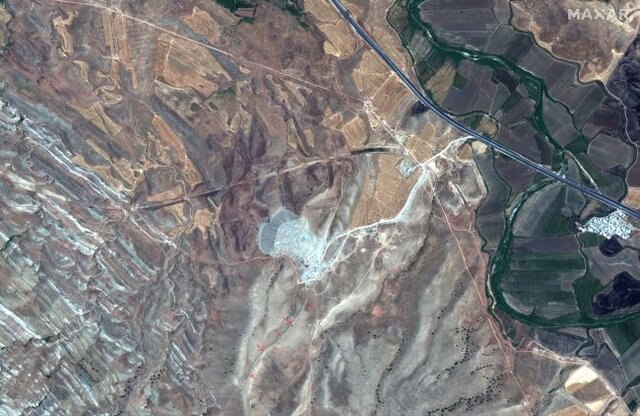The wall is known as the Roman Wall as it is similar to a wall built in England during the Roman Empire known as the Hadrian’s Wall or Roman Wall.
The discovery was first documented in the Antiquity Journal by Iranian researcher Sajjad Ali Beigi from Razi University of Kermanshah.
While local people and a few archaeologists were already acquainted with the wall and called it the “Gawri Wall”, its existence had never been pointed out in any academic paper before.
Taking “an estimated 1 million cubic metres [35,314,667 cubic feet] of stone to build”, the structure was made from “natural local materials”, Live Science reported, citing Ali Beigi’s work.
Who built the wall and why remain unclear, although pottery work discovered beside the wall indicate that it was made either by the Parthians or Sassanidds, the two dominant empires during the long period, Live Science quoted Ali Beigi as saying.
According to Live Science, the other biggest archaeological discoveries in 2019 include the 4,400-year-old tomb of Khuwy, the earliest example of a homo sapiens skull, Valley of the Kings discoveries, Bronze Age megalopolis, new evidence for Pontius Pilate, Cachette of the Priests, huge UK discovery, and helmets made from the skulls of kids.
